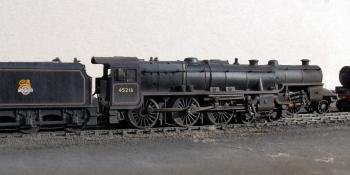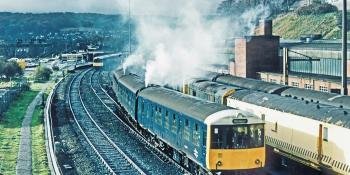Even empty wagons show traces of the work they do and the loads they carry. TIM SHACKLETON shows how to lay the foundations, using paint and powder as the key building blocks.
The settings in which freight stock operates and the loads it transports have as much influence on its appearance as wind, rain, sun and any other element. How could it be otherwise, when even today – working within an entirely different set of environmental legislation than applied in the steam era – blowback from fast-moving aggregate trains sends a stinging cloud of fine dust over the wagons and indeed everything in sight?
Coal wagons in turn quickly become very dirty, bogie bolsters accumulate a fine film of rust particles from the steel they shift around, scrap carriers are covered in dings and dents – I’m sure you can think of plenty of other variations on this theme.
In recent issues we’ve looked at factors such as paint fade and even the effects of cleaning and polishing, so in this month’s feature I want to explore how to subtly emphasise the everyday work our stock performs. For the most part we can achieve this purely through the use of paint and powders, which is why I’ll essentially be looking at empty wagons and the degenerate condition the…





